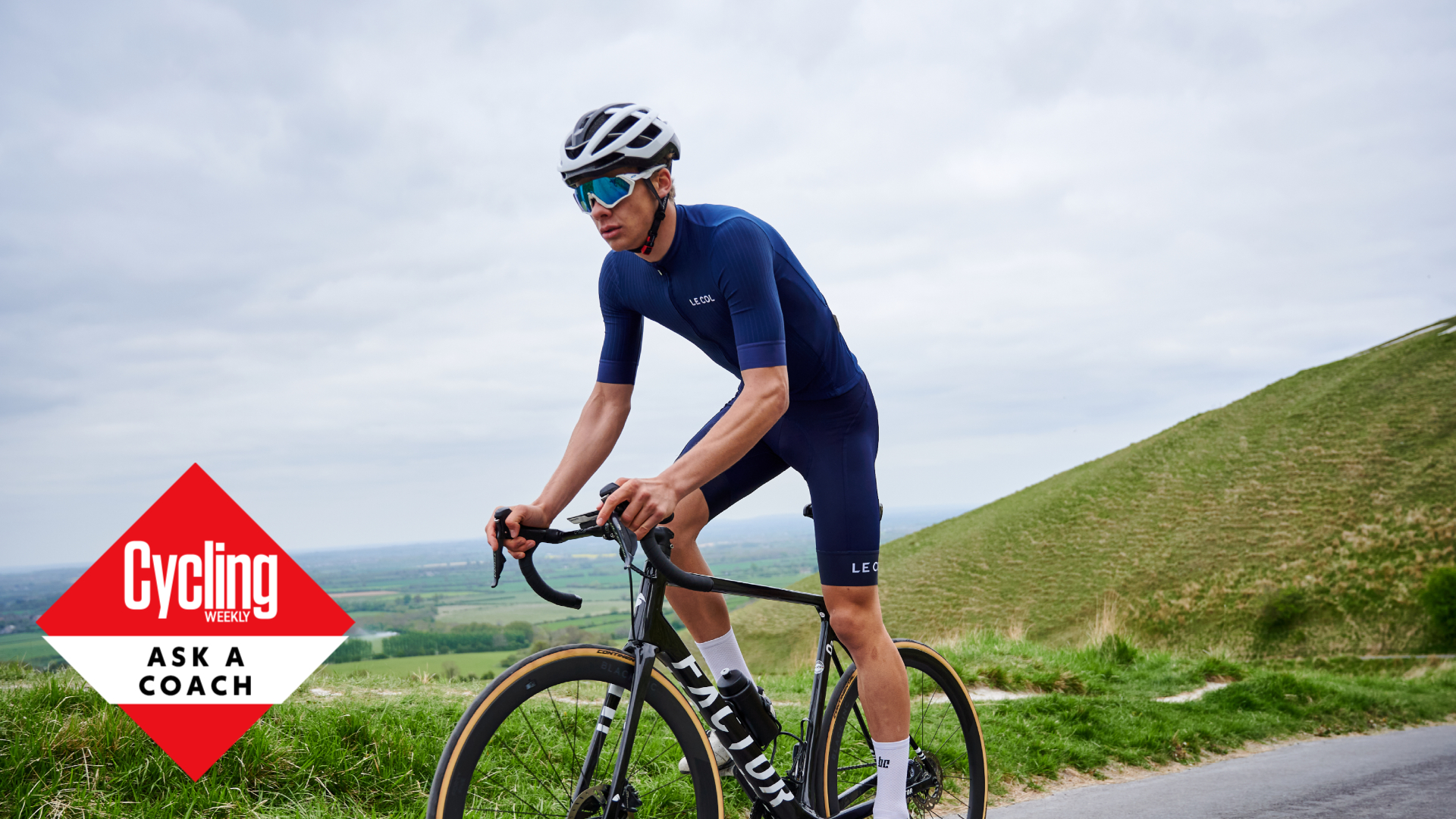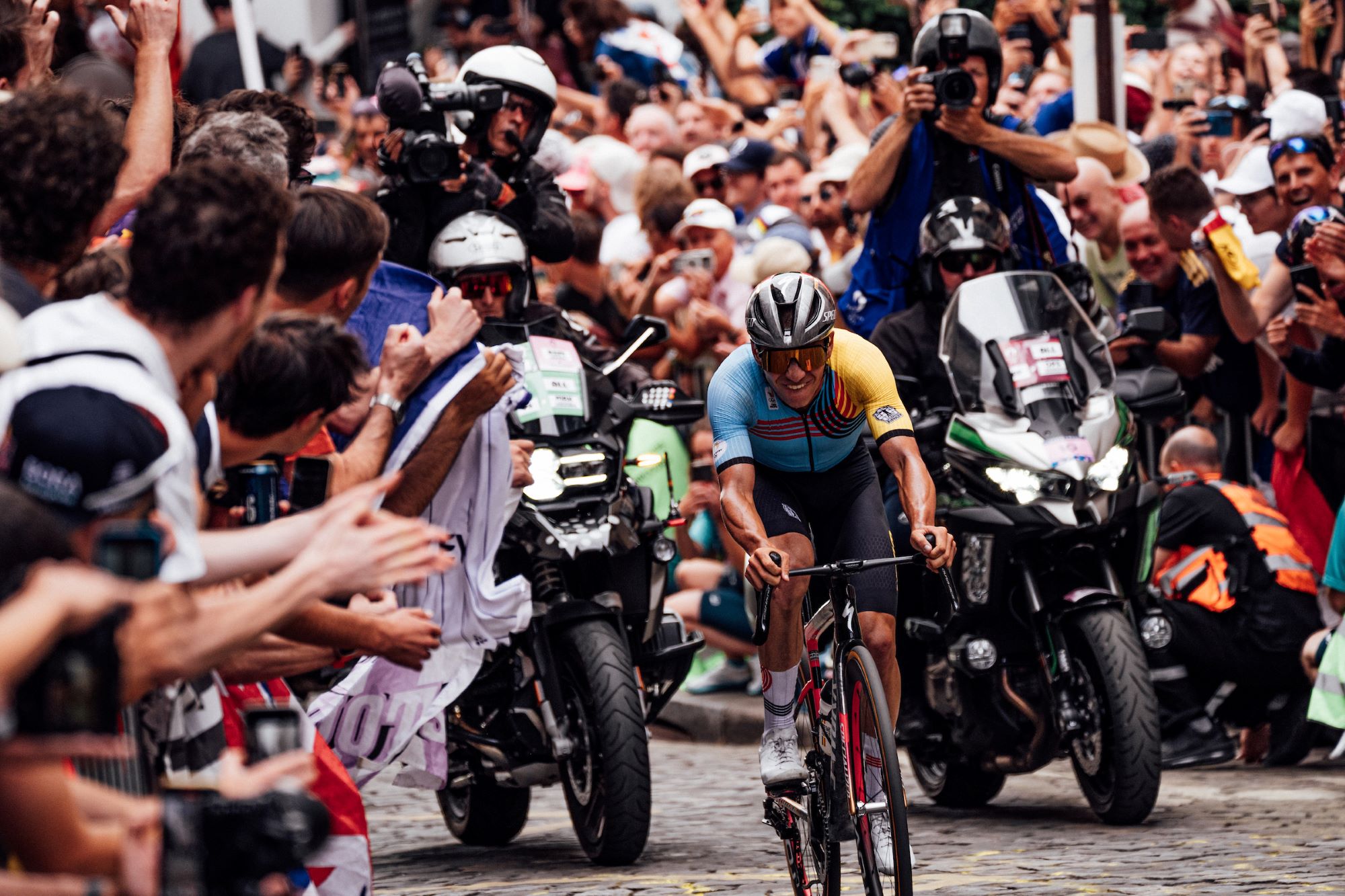Ask a coach: ‘Why is cycling bad for bone density?’
We delve into the health downsides of picking a ‘non-weight bearing’ sport


Whilst cycling may have a mountain of positive health benefits, there has been growing attention to the areas and aspects of our health which the sport neglects. One of the major ones is ‘bone density’, since cycling is considered a non-weight-bearing activity. Cycling coach Alex Welburn explains what problems low bone density can cause - and what cyclists can do to combat it.

Performance cycling coach Alex Welburn is one of the experts who will be answering your questions in Cycling Weekly's Ask a Cycling Coach series, online every Wednesday. He's currently completing a PhD on Critical power and W' at Loughborough University whilst also managing the Performance Project, in which he coaches athletes and provides consultation.
What exactly is bone density?
So, bone mineral density is referred to as BMD. It refers to the mineral content of your bone, particularly calcium. You see, our bones are not exactly solid, they have very intricate honeycomb-like structures - when our bone density is lower there are more ‘spaces’, which in turn results in weaker bones that are more likely to fracture.
How can I measure my bone density?
A standard method to assess your bone density is using a DEXA scan (dual-energy x-ray absorptiometry). You lay down for around 10 minutes, and you remain nice and still while it scans you. Then it will tell you where you are compared to the population average at your age and this is presented as a ‘Z-score’. It will also give you a ‘T-score’ which is based on what is considered ‘peak’ bone density. When you have a scan done, these results will be explained to you!
I’ve had a few scans taken myself and my first one stated that my bone density was quite low. Given all the cycling I was doing at the time (20-25 hours a week), that was not at all surprising; especially as I wasn’t doing much else other than cycling.
What causes low bone density?
One of the primary causes of low bone density is not subjecting the body to enough impacts. When cycling, we are in a seated position and the forces on our skeletons are low. Running, on the other hand, causes sufficient shocks from every stride to sufficiently bolster our bone density. Even weightlifting provides enough of a stimulus to stave off low bone density, as when we contract our muscles, these pull on the bones they are connected to, causing sufficient stress.
Unfortunately, cycling doesn’t put that much force through our skeleton. Our legs undergo thousands of repetitions - even when sprinting, we can reach into hundreds - it’s a far cry from a one-rep-max in the gym. This simply doesn’t cause enough of a stimulus for our bones to adapt and become stronger.
Professional cyclists are often concerned about body weight and body fat percentage from a performance perspective. But this can result in having ‘low energy availability’, which is when the amount of energy available for all the basic processes in the body, after training expenditure is deducted from what you have consumed, is too low. Hence, there is not as much energy as the body needs for bone growth/formation over time - which could reduce your bone density.
Get The Leadout Newsletter
The latest race content, interviews, features, reviews and expert buying guides, direct to your inbox!
What can I do to help?
The good news is that we have lots of things that we can do. For cyclists who are concerned about ensuring everything they do is beneficial overall to their cycling performance, it is integral to look at integrating some impact/weight-bearing activities. This can easily include some strength training in the gym throughout the winter and racing season. A strength and conditioning coach will really help here.
Ensuring you meet the nutritional demands of your training, so you have sufficient energy to train, and recover, is also key. For others some easy running one to two times a week can also be a way to introduce some impact. I will say, and I am guilty of not doing this myself in the past - go out easy! The eccentric element of the muscle contraction when we run can cause some muscle soreness. I used to think I could run as fast as I could cycle or I would ramp it up too fast and get injured, which leads to other problems! So just go steady.
There are other options as well, but these two seem to be ones that most of us should be able to integrate.
Why is it important?
The importance largely comes from a general health perspective, most of us will reach our peak bone health between 25 and 30. Low bone density can lead to issues later in life such as osteoporosis, which may result in being more prone to breaks and fractures or even injury which could negatively impact your quality of life.
To conclude, as with most things in life, there are some things you can do about it. As I mentioned, anything that provides enough impact, such as jogging, weights, etc. can be implemented into your daily routine to help your bones. If you are concerned or unsure, seek further medical advice or arrange a scan!

Thank you for reading 20 articles this month* Join now for unlimited access
Enjoy your first month for just £1 / $1 / €1
*Read 5 free articles per month without a subscription

Join now for unlimited access
Try first month for just £1 / $1 / €1
Alex is a Physiologist, Performance Coach, who also lectures occasionally at Loughborough
University where he is completing his PhD in Critical power and W'.
After competing for over 10 years on the bike, where he has competed for GB in both
cyclocross and mountain bike events, he now spends his spare time in the mountains as an
aspiring guide. Alex has worked with cyclists of all levels over the last 9 years, from ultra-
endurance world champions to the Women’s TDF. Supporting his PhD he manages The
Performance Project, consulting with and coaching athletes. Finally, he is also a proud
sponsor of southern based LAKA X Pedal Mafia Race Team.
-
 Remco Evenepoel hails end of 'dark period' and announces racing return
Remco Evenepoel hails end of 'dark period' and announces racing returnOlympic champion says comeback from training crash has been 'the hardest battle of my life so far'
By Tom Thewlis
-
 A bike rack with an app? Wahoo’s latest, and a hub silencer – Sea Otter Classic tech highlights, Part 2
A bike rack with an app? Wahoo’s latest, and a hub silencer – Sea Otter Classic tech highlights, Part 2A few standout pieces of gear from North America's biggest bike gathering
By Anne-Marije Rook